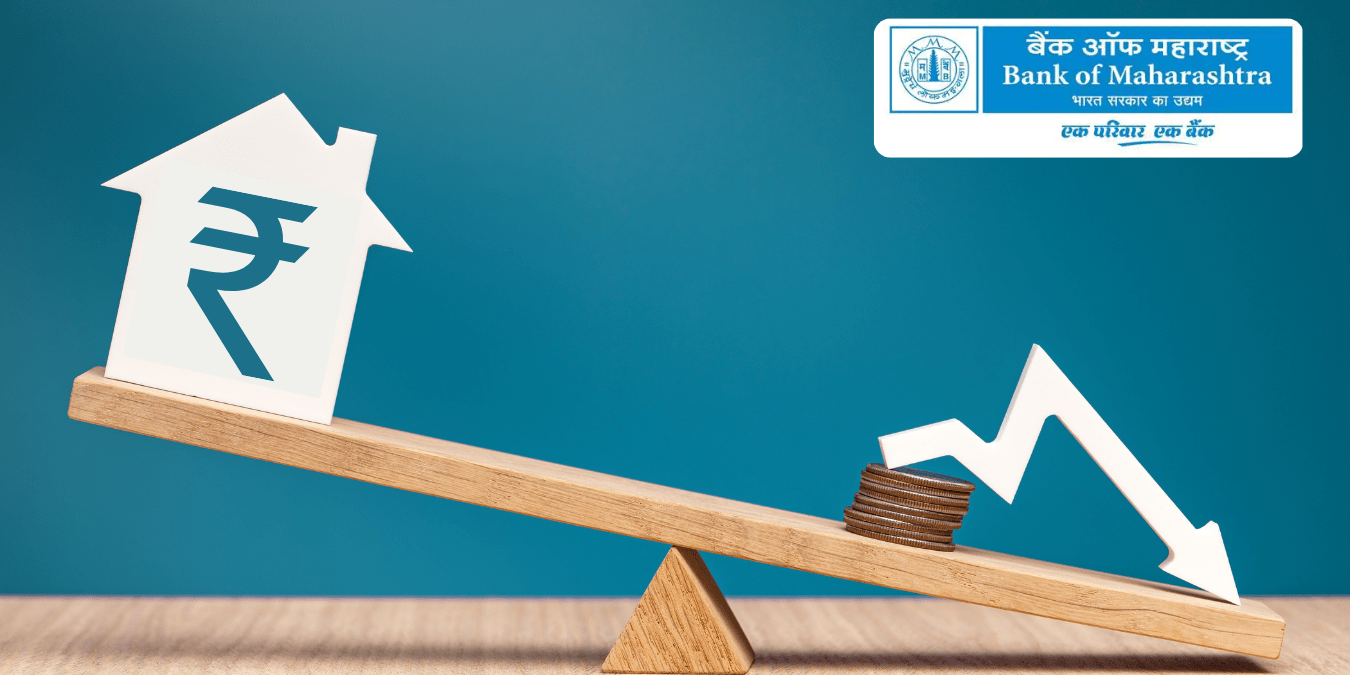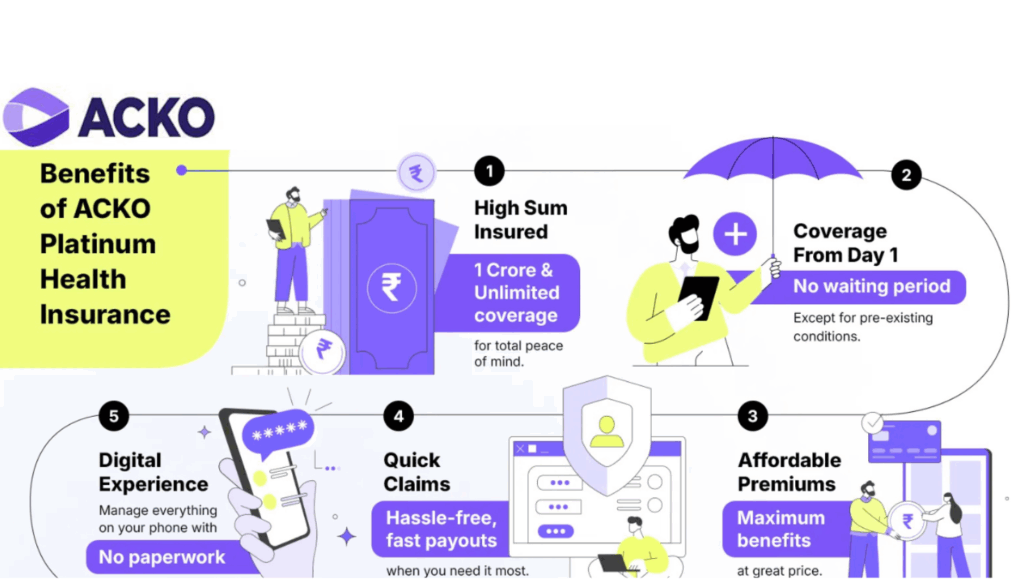
“Wondering if banks cover fraudulent transfers? Discover how much you can recover from unauthorized transactions, including email scams. Learn about bank liability, reimbursement limits, and your rights when money is stolen. Get expert insights on fraud protection and recovery—don’t lose out!”
Online banking has become a cornerstone of financial management in India. However, with the rise of digital transactions, the risk of bank fraud, unauthorized transactions, and fraudulent transfers has surged. According to the Reserve Bank of India’s (RBI) Annual Report for 2023-24, bank fraud cases increased by 12% compared to the previous year, with losses amounting to over ₹80,000 crore. This alarming trend underscores the importance of understanding your rights as a consumer, particularly regarding bank fraud recovery and the extent to which banks cover fraudulent bank transfers. In this comprehensive guide, we’ll explore whether banks in India cover fraudulent transfers, how much you can recover from unauthorized transactions, and the steps to safeguard your finances to ensure you stay informed and protected.
Understanding Fraudulent Transfers and Unauthorized Transactions
A fraudulent transfer occurs when money is illicitly moved from your bank account without your consent, often through tactics like phishing scams, UPI fraud, ATM skimming, or SIM swap fraud. An unauthorized transaction is any debit from your account that you did not initiate or approve, such as payments made using stolen card details or compromised online banking credentials.
The RBI defines fraud as “any deliberate act of omission or commission resulting in wrongful gain to any person and wrongful loss to the bank or account holder.” Common types of fraud in India include:
- Phishing Attacks: Fraudsters send fake emails or SMS posing as banks to steal login credentials.
- UPI Frauds: Scammers trick users into sharing UPI PINs or approving transactions.
- Card Skimming: Devices capture debit/credit card details at ATMs or POS terminals.
- SIM Swap Fraud: Criminals deactivate your phone number to intercept OTPs and access accounts.
With fraudsters becoming more sophisticated, consumers must understand their rights and the mechanisms for bank fraud recovery.
Do Banks in India Cover Fraudulent Transfers?
The short answer is: Yes, banks in India are obligated to cover fraudulent transfers in most cases, provided you adhere to specific guidelines outlined by the RBI. The RBI’s Customer Protection Policy (updated July 2017 and revised in 2023) clearly defines the liability framework for unauthorized transactions, ensuring banks bear significant responsibility.
RBI Guidelines on Bank Fraud Recovery
The RBI mandates that banks protect customers from unauthorized banking transactions under the following conditions:
- Zero Liability for Customers:
- If the fraud results from negligence or deficiency by the bank (e.g., a data breach in their systems).
- If the fraud involves a third-party breach (e.g., hacking of a payment gateway) and you report it within 3 working days of receiving transaction alerts.
- In cases of contributory fraud (e.g., stolen card or credentials not due to your negligence), reported within 3 days.
- Limited Liability:
- If you report the fraud between 4 to 7 working days, your liability is capped based on the transaction type:
- The bank refunds the remaining amount after deducting this capped liability.
- Full Liability:
- If you fail to report the fraud within 7 working days, the bank may hold you fully liable, depending on its internal policies and the circumstances (e.g., gross negligence like sharing OTPs willingly).
Legal Precedents Supporting Customers
Indian courts have reinforced consumer protection in fraud cases. For instance, in the Tony Enterprises v. RBI case (2023), the Kerala High Court ruled that banks cannot recover losses from customers for online banking fraud unless they prove customer negligence. Similarly, the National Consumer Disputes Redressal Commission (NCDRC) in HDFC v. Jesna Jose (2020) held banks liable for unauthorized transactions even if they weren’t directly at fault, emphasizing RBI’s zero-liability clause.
These rulings highlight that banks must prioritize fraud prevention and cannot easily shift blame to customers, boosting confidence in bank fraud recovery.
How Much Can You Recover from Unauthorized Bank Transactions?
The amount you can recover from unauthorized bank transactions depends on several factors, including the timing of your complaint, the nature of the fraud, and the bank’s investigation outcome. Let’s break it down:
Recovery Based on Reporting Time
- Within 3 Working Days: You’re entitled to full recovery with zero liability, regardless of the fraud amount, unless you willingly shared sensitive details (e.g., OTP, PIN).
- 4-7 Working Days: Recovery is subject to limited liability caps (₹5,000–₹25,000, as mentioned earlier). For example, if a fraudster transfers ₹1 lakh and you report it on day 5, you may lose ₹10,000, but the bank refunds ₹90,000.
- Beyond 7 Days: Recovery isn’t guaranteed. Banks assess your negligence (e.g., ignoring SMS alerts for weeks). However, if the fraud stems from a bank’s system failure, you may still recover the full amount.
Caps on Recovery
The RBI doesn’t impose a universal cap on recovery amounts for fraudulent transfers, but individual bank policies may vary. For high-value transactions (e.g., above ₹25 lakh), banks may scrutinize cases more rigorously. In UPI frauds, recovery is trickier if funds are transferred to another individual’s account, as banks may need to coordinate with law enforcement.
Investigation Timeline
Banks must investigate reported frauds within 10 working days (or 20 for new accounts). If unresolved, they may issue a provisional credit to your account while continuing the probe, which can take up to 90 days per RBI guidelines. For example, in 2024, SBI reported resolving 95% of fraud complaints within 30 days, refunding ₹2,500 crore to affected customers.
Real-World Recovery Statistics
- RBI Data (2023-24): Banks refunded 88% of reported fraud amounts for cases reported within 3 days, totaling ₹65,000 crore.
- ICICI Bank (2024): Recovered ₹1,200 crore for 92% of UPI fraud cases reported promptly.
- PhonePe Fraud Report (2024): Only 60% of UPI frauds involving user-shared OTPs resulted in partial recovery, highlighting the importance of safeguarding credentials.
These figures emphasize that timely reporting significantly enhances your chances of recovering money from bank fraud.
Steps to Take After Detecting a Fraudulent Transfer
If you spot an unauthorized transaction, act swiftly to maximize recovery chances. Follow these steps:
- Notify Your Bank Immediately:
- Call the bank’s 24/7 fraud hotline (e.g., SBI: 1800-1234, HDFC: 1800-2662).
- Report via online banking portals or email for written records.
- Block your card/UPI access if compromised.
- File a Written Complaint:
- Submit details like transaction date, amount, and type (e.g., UPI, ATM).
- Attach screenshots of SMS alerts or bank statements.
- Lodge a Police FIR:
- Visit the nearest police station or file an online FIR via the National Cyber Crime Reporting Portal (cybercrime.gov.in).
- This strengthens your case for recovery and legal action.
- Report to RBI Ombudsman:
- If the bank delays or denies a refund, escalate to the RBI Ombudsman for Digital Transactions (free service, resolution within 30 days).
- Monitor Your Account:
- Check for additional suspicious activity and enable real-time alerts for future transactions.
How to Prevent Fraudulent Transfers
Prevention is better than recovery. Here are actionable tips to protect yourself from bank scams and online fraud:
- Secure Your Credentials:
- Never share OTPs, PINs, or CVVs, even with “bank officials.”
- Use strong, unique passwords and enable two-factor authentication (2FA).
- Monitor Transactions:
- Activate SMS/email alerts for every transaction.
- Review bank statements weekly.
- Beware of Phishing:
- Avoid clicking links in unsolicited emails or SMS.
- Verify bank communications via official websites or helplines.
- Use Secure Platforms:
- Shop on websites with “https” and avoid public Wi-Fi for banking.
- Update your banking apps regularly.
- Leverage Technology:
- Use EMV chip cards, which are harder to skim.
- Lock your card via mobile apps when not in use.
RBI’s Fraud Prevention Initiatives
The RBI introduced several measures to curb banking frauds:
- Central Fraud Registry: Tracks fraud patterns to alert banks.
- AI-Based Monitoring: Detects anomalies in real-time (e.g., unusual UPI transfers).
- Public Awareness Campaigns: Educates users on safe online banking.
Challenges in Recovering Fraudulent Transfers
Despite robust regulations, recovering money from fraudulent bank transfers can be challenging:
- Delayed Reporting: Late complaints reduce recovery chances.
- Cross-Bank Transfers: Funds moved to other banks or wallets (e.g., Paytm, Google Pay) complicate tracing.
- User Negligence: Sharing OTPs or ignoring alerts may lead to partial/no recovery.
- Legal Delays: Court cases for high-value frauds can take years.
For instance, in UPI frauds, if funds are withdrawn immediately, banks may struggle to freeze the recipient’s account, lowering recovery odds.
Stay Vigilant, Act Fast
Banks in India, backed by RBI guidelines, offer strong protections against fraudulent transfers and unauthorized transactions. By reporting fraud within 3 days, you can recover the full amount in most cases, with limited liability up to 7 days. However, recovery success hinges on prompt action, secure banking habits, and awareness of your rights.
As fraudsters evolve, so must your vigilance. Regularly monitor your accounts, secure your credentials, and leverage RBI’s resources like the Ombudsman for unresolved disputes. With losses from bank frauds in India crossing ₹80,000 crore in 2024, staying proactive is non-negotiable.
For more details on bank fraud recovery, visit the RBI website (rbi.org.in) or contact your bank’s fraud department. If you’re struggling with a refund, consider legal consultation or the RBI Ombudsman for swift resolution. Protect your finances today to avoid the stress of tomorrow’s fraud.
Disclaimer: This blog provides general information based on RBI guidelines and recent data. For specific cases, consult your bank or a legal professional.
-

Stop Paying Minimum Balance Fees: The “Secret” RBI Account Everyone Can Get!
-

The “Shadow Bank” Loophole is Closed: Why Your NBFC Loan Just Became a Bank Loan in Disguise
-

Bank of Maharashtra Breaks the Floor: Why 7.10% May Be the Lowest You’ll See
-

The 18-Month Trap: Why the New US Work Permit Rule is a Silent Crisis for Indians in 2025


























